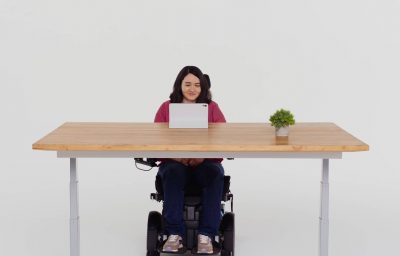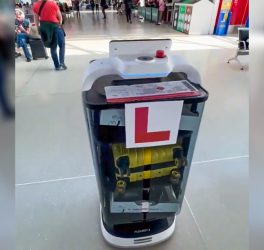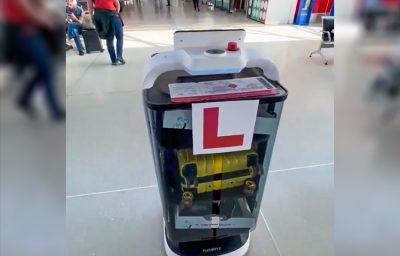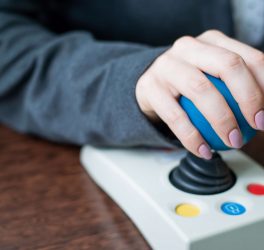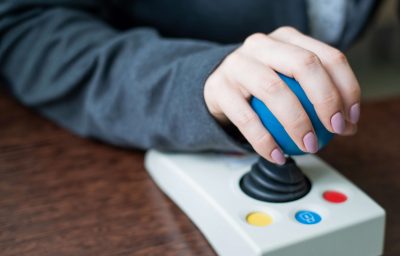
Kyocera, a Japanese company, has developed a prototype smart white cane to help people who are blind or have low vision get around more safely, using wireless technology, reports Jiji Press.
Railway operators have been placing platform doors to prevent people who are blind or have low vision from falling onto the tracks or colliding with moving trains. But not all stations can be fitted with these doors.
The smart white cane, which alerts users with sounds and vibrations, is aimed at preventing such people from falling from railway station platforms.
Small detection devices will be installed at station platforms. When the smart cane user gets close to the devices, it will alert the user with vibrations, and the user’s smartphone linked to the white cane will issue a voice warning.
The system can be introduced more cheaply than installing platform doors, according to Kyocera.
The electronic parts manufacturer, based in Kyoto, western Japan, aims to commercialize the product within the next three years.


